The Perfect Time to Harvest Damsons: Caring and Growing Tips

Table of Contents
Are you looking for tips and tricks to grow a Damson fruit tree in your home garden or backyard? A damson fruit tree is easy to grow and maintain. It blooms in the late spring and offers delicious fruit and beautiful white clusters that cover the tree.
It looks like a plum, but you can’t pick it directly from the tree and eat it. A damson fruit tree is used in jellies, jams, and preservatives. Since they have a moderate growth rate, where you decide to plant them is essential. You should also know when damsons are ready to pick else; they will lose their texture and flavour.
If you pick them before they become ripe, they will taste sour, while a fully ripe plum has a sweet-sour flavour, and you can only use it after adding other sweeteners.
How to Grow and Take Care of Damson Fruit Trees
Let’s take a look at the best tips and tricks to grow and take care of damson fruits.
When Are Damsons Ready to Pick
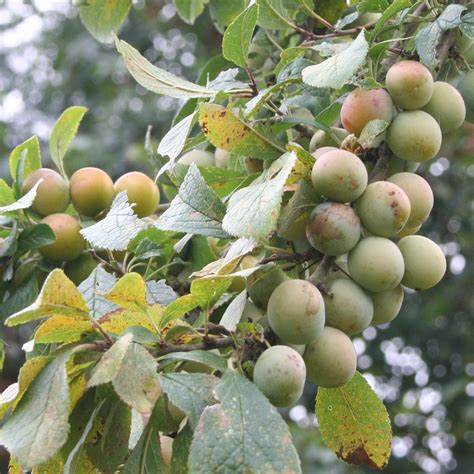
The taste of the Damson fruit tree depends on when it is harvested from the tree. If you pick it up too early or late, it may taste sour or bitter. The optimal harvesting months for damson fruit trees are October, August, and September each year.
You can identify when damsons are ready to pick by the colour of their skin, taste, and texture. When squeezed, ripe Damson fruits should be soft. They should taste sweet whilst retaining a subtle tartness.
The ideal time to plant damson fruit trees is in the months of November, January, February, December, and March. It is also important to note that damson fruit trees can take fifteen years to develop fruits. Once picked, they become increasingly soft and begin to rot.
Where Should You Grow Damson Fruit Trees?
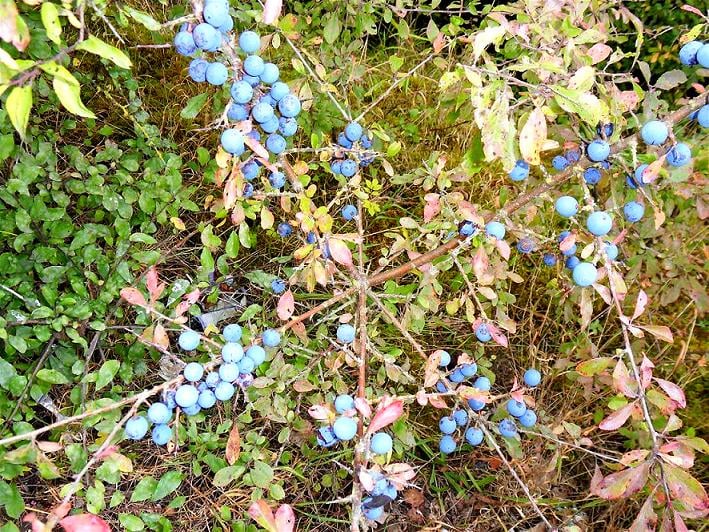
Damson fruit trees can be grown in various places. You can plant them directly in the ground or in a large container or pot. You should also choose a spot where the Damson fruit tree receives at least seven to eight hours of direct sunlight. They thrive in well-draining soil and grow a foot to two feet yearly. The rootstock they are grown on will decide their mature height. Check this before purchasing, or the fruit will be out of reach.
Caring Tips for GrowingDamson Fruit Trees
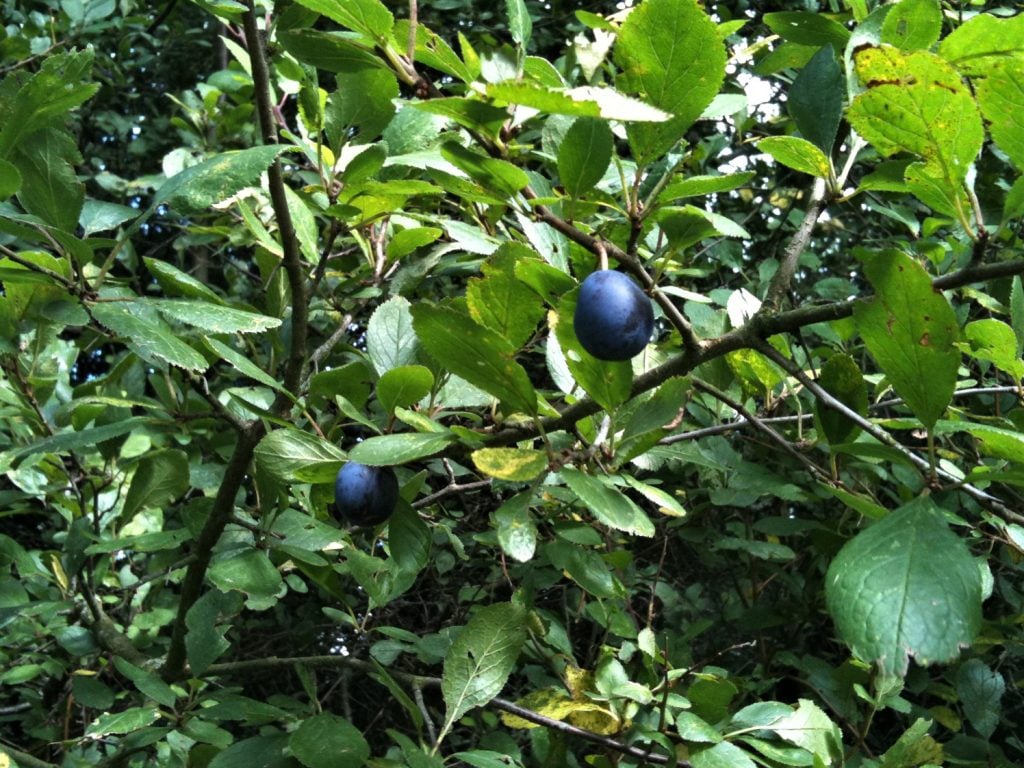
There are various factors that can affect the growth of Damson fruit trees. Let’s take a look at a few of them:
1. Choose the Ideal Variety
There are two varieties of Damson fruit trees- dwarf and standard. The Standard Damson fruit tree is twenty feet wide and twenty feet tall, and the dwarf Damson fruit tree is ten feet wide and ten feet tall. If you have limited space, you should grow a dwarf Damson fruit tree, as it does not take much space and can be planted even on your back porch. You’ll need a space that can hold a ten-foot by ten-foot tree to plant a dwarf Damson fruit tree.
2. Soil Type
Damson fruit trees can be grown in all types of soil, but they flourish the most in moist soil. You should also ensure that the soil is neither too soggy nor bone dry. Add plenty of well-rotted manure, compost, or chopped leaves to the soil before planting. Keep the soil free of weeds to ensure that the nutrients and moisture level is maintained.
3. Water Requirements
Once established, Damson fruit trees do not require much care. But during the first growing season, you should water them once every week. When the soil is dry, water deeply but do not allow the ground to become extremely dry or soggy. Water adequately in autumn to protect the roots. You can also use organic mulch like straw or woodchip to keep weeds in check and conserve moisture.
4. Thinning
You should thin the Damson trees when the fruit is tiny. This will give them plenty of growing room and improve the air circulation around them. Thinning also ensures that the Damson trees receive nutrients, moisture, and light without competing with other seedlings. By thinning Damson fruit trees, you can prevent branches from breaking due to excessive weight. It also aids them in producing healthier fruits.
5. Fertilizer
Damson fruit trees need essential nutrients to stay healthy and grow properly. To help Damson fruit trees meet their nutritional requirements, you should feed them 8 ounces of fertilizer once a year. Use a 10-10-10 fertilizer to boost the yield of the Damson fruit trees. 10-10-10 fertilizer contains 10% of phosphorus, nitrogen, and potassium and can improve the foliage of Damson fruit trees.
6. Pruning
Damson fruit trees do not require much pruning. But crossing branches, twiggy growth, and old wood should be removed between early Autumn and Spring. This way, you can get rid of the damaged ends and give your Damson fruit tree a healthy base to grow. Pruning will also promote new growth and encourage food production. If you do not prune the damson fruit trees, their wood will become rife with old dead wood leading to stunted growth. Do not prune a damson during the winter, or else they might become susceptible to silver leaf disease.
7. Spacing
Damson fruit trees are self-pollinating. So you should ensure you space the trees away from each other so they have plenty of room to grow. By spacing the Damson fruit trees, you restrict overcrowding and allow each of them to spread and grow to their full, mature size. Without sufficient spacing, Damson fruit trees will steal resources from one another. For best results, space the Damson fruit trees 20 feet apart.
8. Planting
Planting a bare-root Damson fruit tree is more difficult than planting a root-balled tree. You should plant a bare root tree as soon as it arrives to prevent the chances of drying out. If the ground is frozen, store the Damson fruit tree in a cool place like a shed or garage. Wrap the roots with polythene to prevent them from drying out.
To plant the Damson fruit tree, you can follow these steps:
- Dig a hole twice as wide as the roots. If the soil is hard, you can use a garden fork to break up the sides and base of the hole.
- Now you need to place the tree stake close to the main stem. Lower the tree into the deep hole and add fertilizer.
- Spread out the roots and ensure it is planted at the previous depth.
- Backfill around the roots and ensure that the soil is at the level of the surrounding soil.
- Press the soil down gently to eliminate air gaps.
- Water well, and don’t let the root dry out.
- When planting a Damson fruit tree against a wall, remember that the adjacent area is very dry. So plant the tree approximately thirty to forty centimetres away from the wall.
How Much Time Does It Take for The Damson Fruits to Grow?
Once you plant a damson tree, the fruits will take up to fifteen years to grow. Once the tree starts exhibiting its fruit-bearing potential, it will bear fruits every year. The harvesting months are August, September, and October.
Common Problems
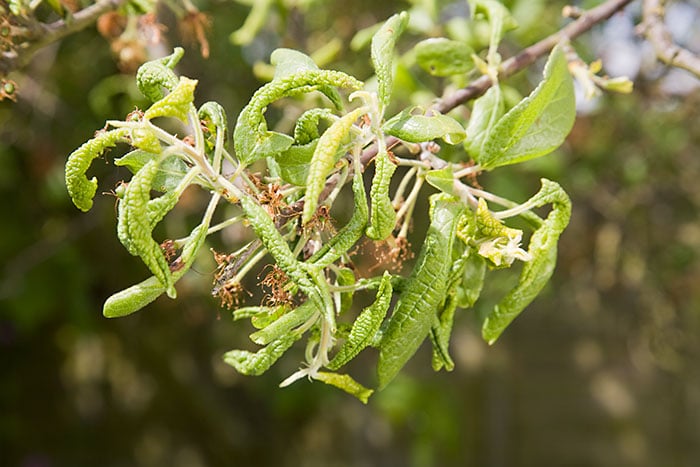
There are various issues you may encounter while growing Damson fruit trees. Let’s take a look at a few of them:
1. Brown Scale
Brown scales are often seen in Damson fruit trees that are undergoing stress. These are insects that reside on the woody part of the tree. If a large infestation occurs, it can lead to stunted growth. One of the most effective ways to prevent brown scales is by ensuring you’re watering your plants adequately, particularly during the summer months.
2. Aphids
Aphids are soft-bodied insects that suck the nutrients out of the Damson fruit trees. The leaf-curling aphid severely affects the foliage leading to leaf distortion, and the mealy plum aphid leaves a sticky honeydew on the fruit tree, allowing sooty mould to grow. The only way to prevent them is by regularly checking the Damson fruit trees from spring onwards. You can control them by encouraging predators like ladybirds, parasitoid wasps, and hoverflies.
3. Plum Moth
If your Damson fruit tree produces slightly misshapen fruits with a crumbly black substance around the stone, it may be infected by plum moths. Their larvae feed on the plum tree fruit during the summer months. Organic insecticides containing natural pyrethrin can control the plum moth.
Conclusion
Damson fruit trees are easy to grow and do not require much maintenance. They can be grown in various hardiness zones and soil, and once they are established, you don’t need to worry about their upkeep and maintenance.
So even if you don’t have gardening skills, you can grow them. Follow the tips and tricks mentioned above to plant Damson fruit trees without any fuss and enjoy their produce.
They may take a long time to produce fruits, but when they do, the wait will be worth it.
Frequently Asked Questions
Can You Eat a Damson Fruit Straight From The Tree?
No, you can’t eat a Damson fruit straight from the tree. Freshly picked Damson fruits have a pungent, sour flavour. Most people prefer to bake with them or make jam, preserves, or jelly.
What Is the Difference Between a Plum and a Damson?
Damsons have a more tart flavour than plums. They are also smaller than a standard black or red plum. Unlike the rounder shape of a regular plum, Damson has an oblong-oval shape.
What Are the Benefits Of Damson Fruits?
Damson fruits are full of vitamin C and fibre. They support healthy hair and nails and boost your immune system. Damson fruit trees also serve as a habitat for birds.
Do You Need to Prune Damson Fruit Trees?
Yes, you need to prune Damson fruit trees to remove old dead branches from previous growing seasons. Crossing branches, twiggy growth, and old wood should be removed between early Autumn and Spring to get rid of the damaged ends and give your Damson fruit tree a healthy base to grow.

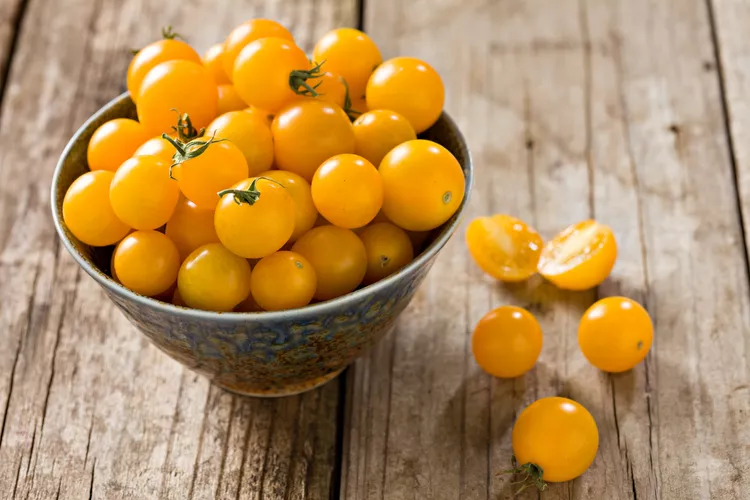
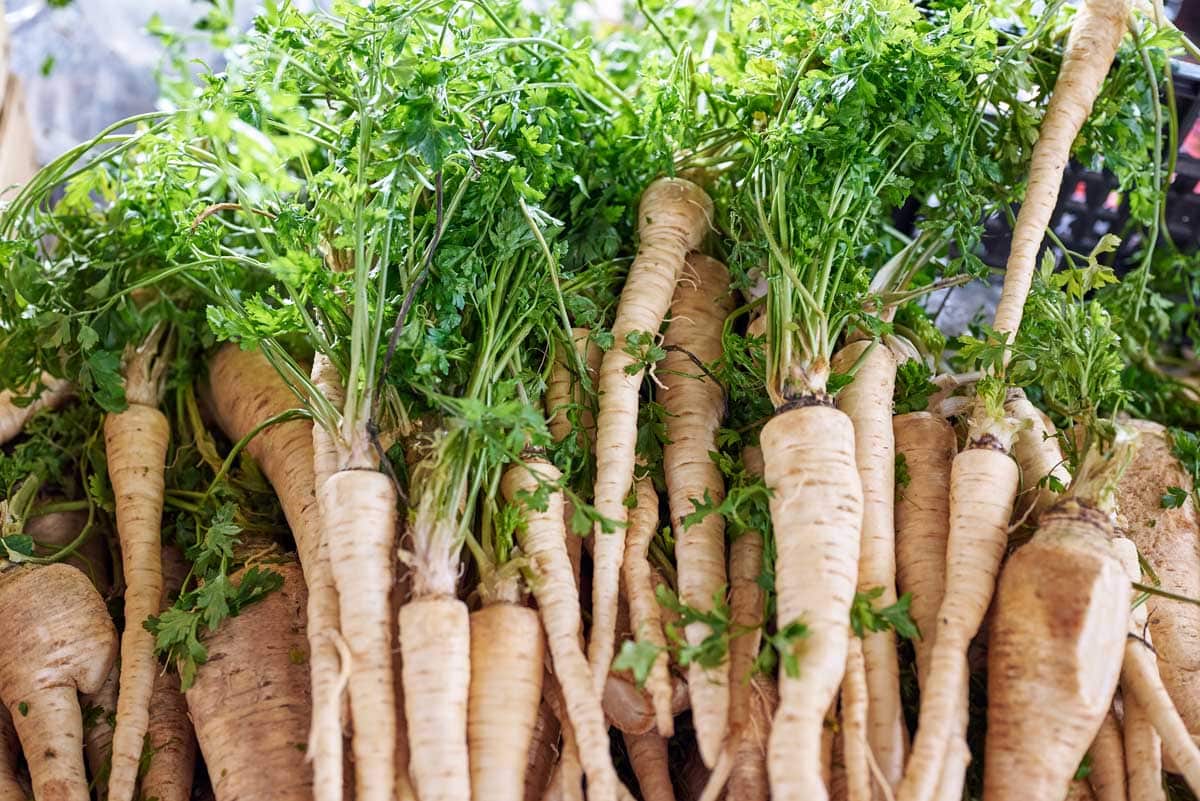
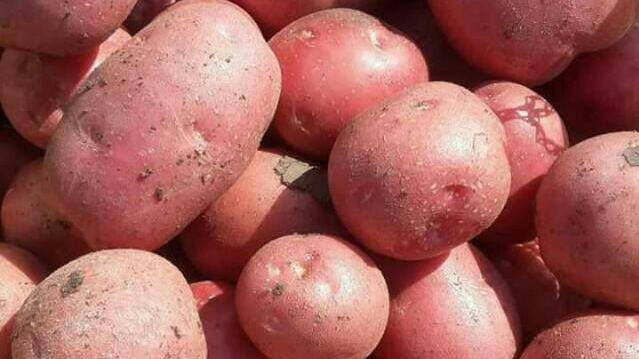
![How and When To Grow Lettuce Plants [UK]](https://staging.thearches.co.uk/wp-content/uploads/How-To-Grow-Lettuce-Plants-At-Home.jpeg)
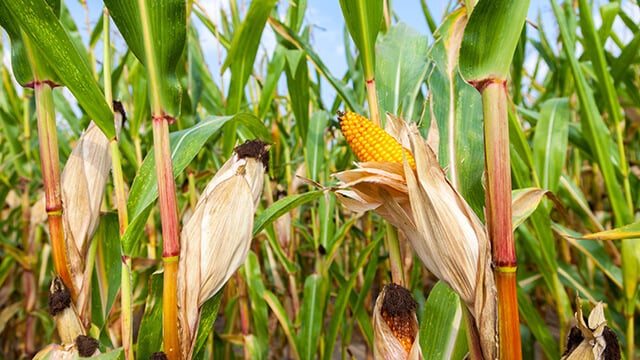
![Step-By-Step Guide on How to Grow Asparagus [UK]](https://staging.thearches.co.uk/wp-content/uploads/How-To-Grow-Asparagus-Plants.jpg)